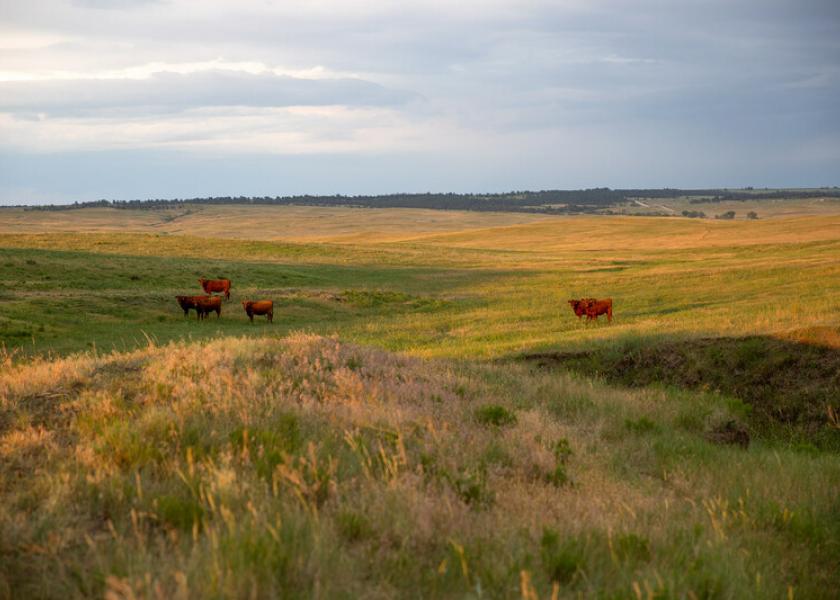Nalivka: Costs of Production and Food Prices

There seems to be a disconnect in the flow of information regarding inflation. Yes, I know that’s an understatement, but what I am referring to is how many in the mainstream media quickly equate increasing input costs at the farm or ranch level to the prices consumers pay for food. While I am not saying there isn’t a connection, it is not a one-to-one relationship that occurs immediately.
The example that comes quickly to mind is the sharply escalating price of fertilizer. I have read numerous stories about how “consumers will be paying higher food prices due to higher fertilizer prices.” I am sure there would be few complaints from farmers if the market worked accordingly - input costs go higher and the farmer immediately get higher prices for his crops as a result. As we all know, that is not how the market works. Yes, consumers may pay more in the supermarket, but I really doubt if the farmer necessarily receives a higher price for his crop simply because the price of a major input rose sharply – at least in the short term.
The prices of crops are tied to the supply of and the demand for that crop in the market, not the cost of inputs. However, if the cost of inputs becomes the limiting factor to production, then the connection to crop prices becomes more apparent. At that point, it could be said that the sharply rising cost of inputs to produce a crop are more closely tied to the prices consumers are paying.
There seems to be either a lack of knowledge about food production or the desire to make supply chain linkages much simpler than is the case. Of course, I have stated more than once that most Americans have become so far removed from food production that food security has become a given. Markets have become much more global as global trade has increased, particularly for those countries with a comparative advantage for producing some crops or inputs. Think Ukraine and wheat production or fertilizer and Russia over the past 30 days.
Food security is important and it involves more than waiting for shipping containers to arrive at a U.S. port, and this includes commodities as well as the inputs to produce those commodities. Inflation is real and it does seriously chip away at the consumers' disposable income. But, perhaps unbeknownst to that consumer is the impact of sharply higher fertilizer and oil prices on farmer’s income. Inflation hits the farmer’s and rancher’s bottom line to the business and it isn’t just fertilizer – it’s oil, seed, equipment, irrigation, labor, and insurance just to start.
Again, a greater understanding of the links in the supply chain from producer to consumer will lead to a greater appreciation for U.S. food security – at least from my perspective.







